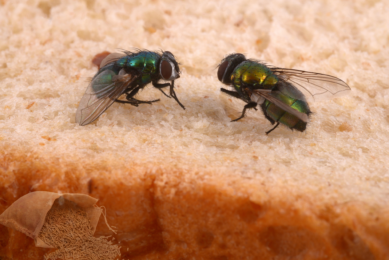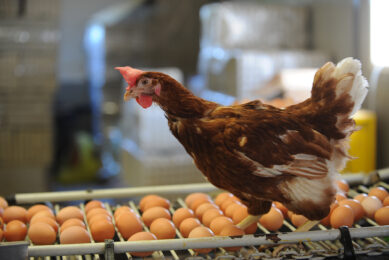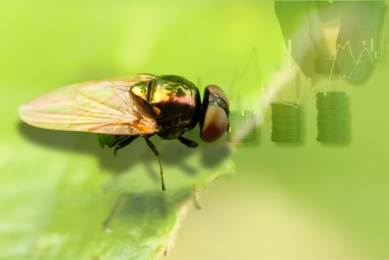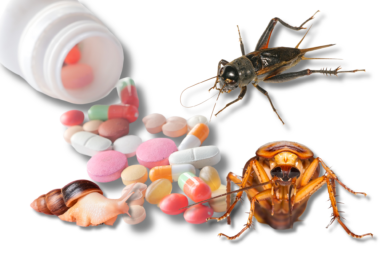Southeast Asia: World’s emerging insect production powerhouse
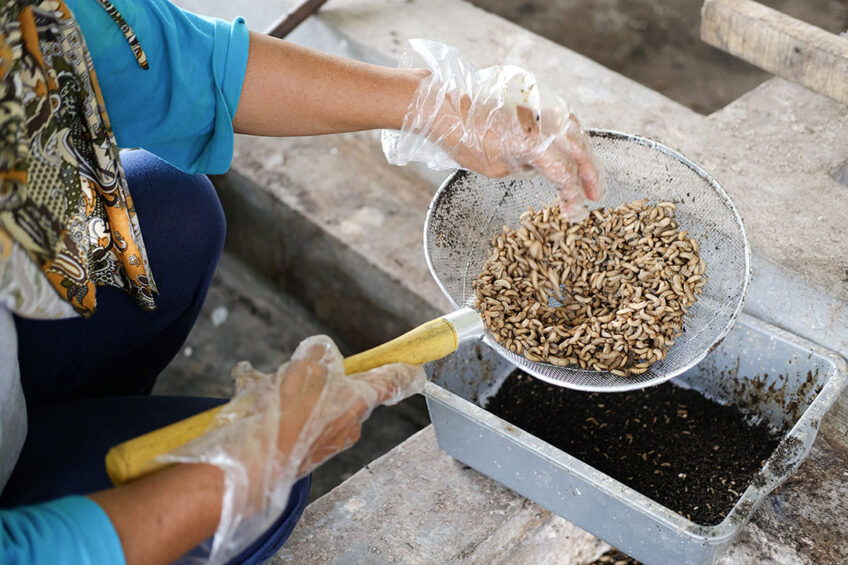
The Asian Food and Feed Insect Association will host IFW this summer as Southeast Asia emerges as the world’s top region of insect production for feed.
Now approaching its 10th birthday and with a growing membership, the Asian Food and Feed Insect Association (AFFIA) continues to support strong development of the insect production industry in Asia with surveys, industry networking, research, conferences and much more.
AFFIA is also very pleased to be hosting, in June in Singapore, the ‘Insects to Feed the World’ (IFW) conference, a major global industry event that this time will highlight Southeast Asia’s importance as an insect production hub.
Indeed, the Asia-Pacific region is the world’s historic stronghold of insect farming, explains Nick Piggott, AFFIA President (and Co-CEO of Nutrition Technologies based in Singapore and Malaysia).
“It’s also the global region with the largest amount of aquaculture, which hold tremendous potential to support the strong growth of insect production for feed,” he says. “We have made huge progress as an organization since we began 9 years ago in boosting awareness of what insects offer as a feed ingredient in aquaculture and other livestock types. The individual leaders of our member-companies have also done an outstanding job in education, marketing, increasing capacity and more.”
However, Piggott says “there is more progress to be made in building awareness of the tremendous current and long-term potential of using insect-based products in feed.”
To rectify this, AFFIA, in collaboration with the Food and Agriculture Organization of the United Nations (FAO) and Kasetsart University in Bangkok, has undertaken a great deal of critical research and will be released next month.
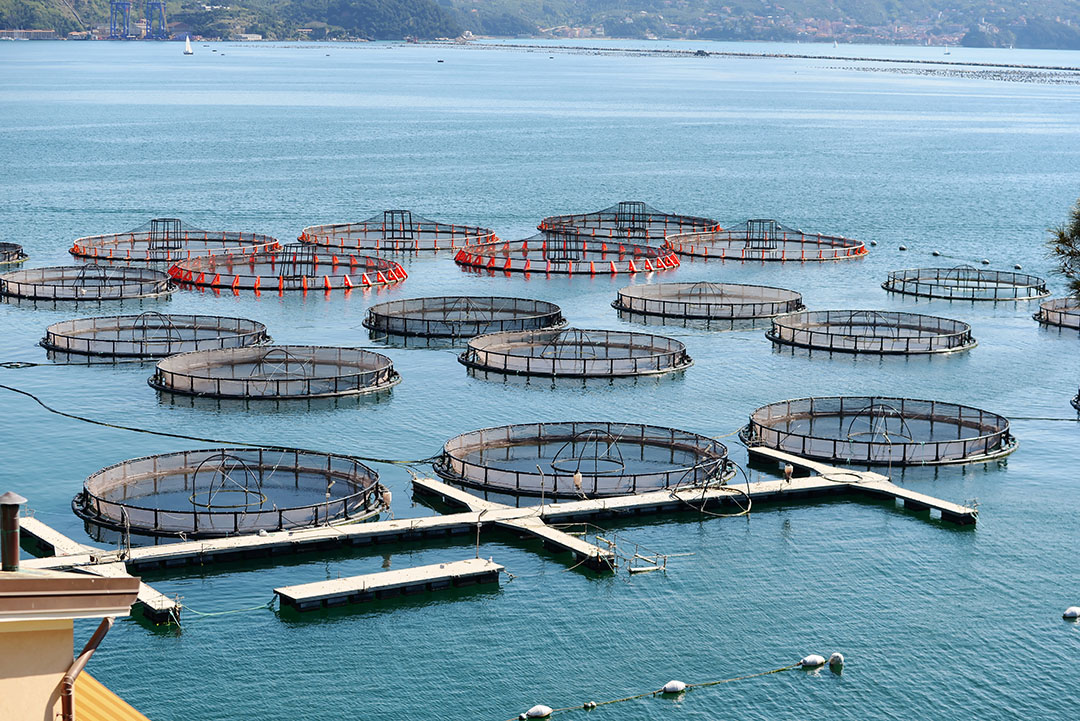
Study highlights potential for insect production
The study included an overview of AFFIA members in terms of the diversity of their products and production systems, the industry’s target markets and the key challenges companies face in growing further. (The results of the second (anonymous) AFFIA industry survey are also included in this report.)
“Looking at markets, the study highlights the huge potential of Black Soldier Fly in feed markets,” says Piggott. “Based on the inclusion rate of successful trials, the potential market size is estimated at 19 million tonnes in Asia, with applications in various sectors including livestock, aquaculture and pet food.”
The study also highlights overall potential for insect production in feed to displace imported protein feed ingredients. Let’s look for a moment at global feed production, which grew significantly between 2017 and 2021 by 13%. In Asia, feed production grew from 381.1 million tonnes in 2017 to 458 million tonnes in 2021, a significantly-higher increase of 20% which is mainly attributed to a growing middle class in that region of the world.
In Asia, well over half of the 458 million tonnes of feed product (261 million tonnes), is made in China, but the ASEAN region (Association of Southeast Asian Nations) was producing 71 million tonnes of compound feed by 2021, of which 13% went to aquafeed and 81% for livestock feed.
Looking at the protein in this feed produced in Asia, an estimated 100 million tonnes is required and most of that is imported in the form of soybean meal. There is therefore huge opportunity, says Piggott, for insect ingredients to displace these imports.
“Ultimately,” says Piggott, “the viability of the insect feed industry depends on its ability to demonstrate an acceptable balance between cost and performance, but above that, feed safety and public health must remain as highly-protected elements along the insect value chain, with best practices already implemented globally requiring continued attention to mitigate the associated risks.”
He adds that “the Asian region faces a major challenge of regulatory heterogeneity, while being home to one of the richest insect resources and experience. Regulation should support Asia’s path to global leadership in the insect industry. In addition, the ongoing transparent collaboration between AFFIA members in the region is essential for the development of the sector.”
IFW conference
The IFW conference in June is the third edition of the event. The first was held in May 2014 in the Netherlands, at a time when insects-as-animal-feed was a fringe idea championed only by a small group of researchers and a smaller cohort of start-ups.
In 2022, some 8 years later, after the global industry had made much progress, the second IFW was held, again in the Netherlands. That time, it was much larger, attracting over 500 participants from 58 countries.
“This year from June 19-22 in Singapore, every indication is that we will hold the largest event yet,” says Martin Zorrilla, Chair of the IFW Organizing Committee. “With an even participant split between industry and academia and a growing exhibition component, the event is increasingly seen as the most important event in insect agriculture.”
AFFIA members such as Inspro are major sponsors of the conference, and members are also contributing to the growing number of industry exhibitions. The insect producers in Southeast Asia include one of the world’s largest cricket producers Cricket One as well as top global Black Soldier Fly producers Nutrition Technologies and Veolia Bioconversion Systems . Others producers include Protenga, Entofood, Entobel, Kobkiat Ingredients, FlyLab, Life Origin, Spectrum and Agri House.
The sector is very excited about the upcoming conference. “In June of 2024 the global insect agriculture community will arrive to advance global efforts to bring insects into agricultural supply chains,” Zorrilla says. “We will discuss the question of what will shape the next 10 years of insect agriculture, and we will witness firsthand the progress and success that has been made in Singapore.”
Singapore: 30 by 30 initiative
AFFIA and many of their member companies are headquartered or maintain an R&D presence in Singapore.
“One reason for this is the world-class research institutions like the National University of Singapore, where researchers like Nalini Puniamoorthy have launched research initiatives on Black Soldier Fly breeding,” Zorrilla reports. “Singaporeans have also founded some of the region’s most innovative start-ups such as Insectta, which extracts high-value biomaterials from insects.”
Singapore also stands to benefit more than most from insect agriculture, which aligns with the country’s 30 by 30 initiative, aiming to locally produce 30% of its nutritional needs by 2030.
“Few if any solutions exist outside of insect agriculture to provide the type of space-efficient feed solutions to the country’s growing poultry and aquaculture operations,” observes Zorrilla. “The Singapore Food Agency also drafted legislation on insects for food and feed in 2023 that, while not yet implemented, is viewed as a model regulatory approach.”
However, Singapore is not alone in this approach.

Malaysia’s growth
The government of Malaysia is showing strong leadership in terms of building insect production and has recently launched a major series of research and policy initiatives. There are references to insect farming in the National Biotechnology Policy 2022-2030 in terms of food security and as a feed ingredient. Under the ‘Technical Working Group-Food Cost,’ the Malaysia Productivity Corporation is conducting a study on black soldier fly larva meal for chickens. Under the ‘Bio-Alliance: Animal Feed’ initiative, the National Institute of Biotechnology Malaysia is establishing a group of experts from academia and industry to advise the government on alternatives to partially substitute soybean meal and cornmeal.
The country is also home to the region’s largest insect farms. These are Nutrition Technologies in Johor, and Veolia Bioconversion Systems in Selangor. Both companies have EU-approved industrial-scale facilities producing BSF-based products, and for several years, both have been selling frass into Malaysian agriculture, as well as exporting insect meal and oil around the world.
The road ahead
Piggot and his team, as well as the broader membership of AAFIA and affiliated partners, plan to meet the challenges ahead and build awareness of the potential of insect production in 2 main ways. They will help coordinate between players on country-specific challenges such as regulatory change, and will share success stories in production and product application to build trust in the sector.
In terms of the major challenge of regulatory heterogeneity in Southeast Asia, Piggot notes that several countries are taking action. “Stepwise, it starts with the clear definition of authorised species and feedstocks towards the clarification of end products registration requirements through the consideration of processing and biosecurity needs,” he says.
He adds that Singapore likes to be seen as a regulatory leader in the region in many areas, and has demonstrated the intention to do so in the insect sector as well.
“Building strong foundations based on pragmatism, science and safety data, and being willing to share those with other countries looking to develop regulation will help,” says Piggot. “We also need regional governments to be willing to move quickly to support the growth in those countries, otherwise the fast movers like Malaysia will become a focus point, leaving other regional countries behind.”
To achieve ongoing transparent collaboration between AFFIA members in the region to support sector development, Piggot reports that AFFIA has a 5-point strategy to support its membership; Knowledge & education, Promotion & Communications, Regulations & Market Access, Developing Good Practices, and Capacity Building.
“As part of this we have an internal resource bank collating relevant papers, reports, forecasts from publishers around the world, we host online webinars for members as well as in-person conferences and have trade show delegations in target markets,” Piggot says.
“As a small, young organisation AFFIA activities are currently volunteer-led. Internal capacity building and external funding, through government grants or sponsorship will enable the organisation to expand its scope of services and deliver value to members in more targeted ways, such as working with national regulators.”




